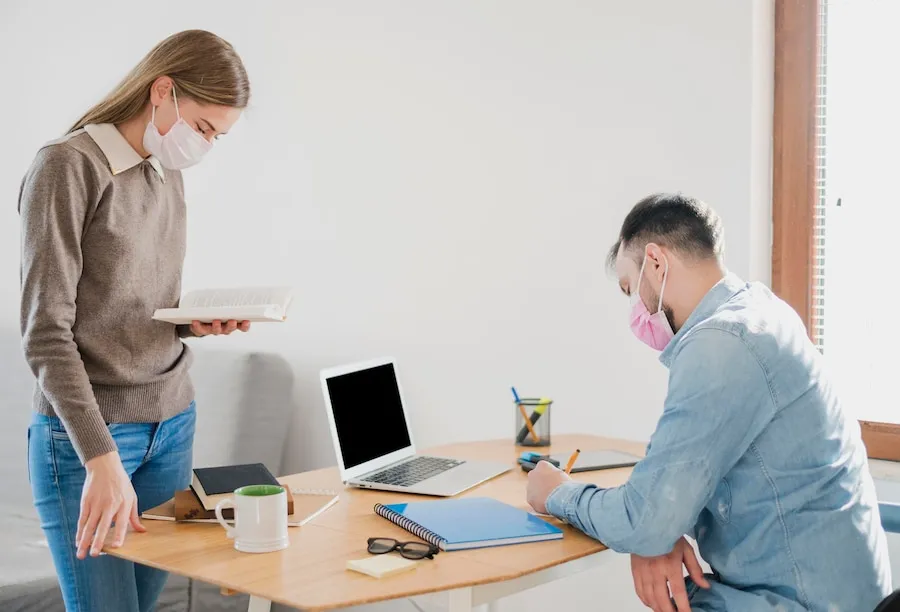On 29 January 2020, a man was allegedly filming a woman without her consent at a Wynyard Railway platform. After further investigation, the police arrested a 39-year-old man who was allegedly taking inappropriate photos of women and further seized his Go Pro Camera.
The police charged the man with 7 counts of filming a person’s private parts without consent. The Lidcombe man was given conditional bail on 18 July 2020 at the Parramatta Bail Court.
Is Upskirting a crime in NSW?
Upskirting is an offence under s91L of the Crimes Act 1900 (NSW) (the Act), namely, filming a person’s private parts:
“A person who, for the purpose of obtaining, or enabling another person to obtain, sexual arousal or sexual gratification, films another person’s private parts, in circumstances in which a reasonable person would reasonably expect the person’s private parts could not be filmed without the consent of the person being filmed to being filmed for that purpose, and knowing that the person being filmed does not consent to being filmed for that purpose.”
This offence of filming a person’s private parts can include upskirt photos or videos in a public place, and potentially any other wardrobe malfunctions such as filming the exposed top of a woman’s chest.
Key Elements
For the prosecution to be successful in a section 91L of the Act charge, they must prove the following elements beyond reasonable doubt:
- A person
Under section 4 of the Act, a “person” is defined to include an individual, society, company or corporation.
- Obtaining or enabling another to obtain sexual gratification
This element requires the accused to be obtaining the film for the purposes of sexual gratification or sexual arousal.
- Films
“Films” is defined in section 91I of the Act, to mean the person causing one or more images (still or moving) of the other person or other person’s private parts to be recorded or transmitted for the purpose of enabling the person or 3rd party to observe those images. In short, “films” includes taking photos and videos of another person’s private parts to look at during or after the act of filming.
- Another’s private parts
“Private Parts” are defined in section 91I(1) of the Act as a person’s genital area (covered or not) or the breasts of a female person, or transgender or intersex person identifying as female, regardless of the breasts being sexually developed.
- In circumstances where a reasonable person would expect the person’s private parts could not be filmed for that purpose
This element requires the prosecution to prove that a reasonable hypothetical person expects that person’s private parts could not be filmed for sexual gratification in the circumstance that the person was filming. A “reasonable person” is a hypothetical person and often, reflect community values.
For example, in R v Barrett, filming a person in the bathroom taking a shower using a hidden camera or filming a person sleeping constituted filming in a circumstance where a reasonable person would expect the alleged victim to not be recorded for the purposes of sexual gratification. Another example of a circumstance would be a person filming another in a public toilet.
- Without consent
This element requires the prosecution to prove that there was no consent to film given by the alleged victim.
- Knowing that the other person does not consent
A person may be charged with a more serious crime where there are aggravating factors in the circumstance. There are two aggravating factors for this offence:
- The person filmed was a child under 16 years old
- The person filming had constructed/adapted the fabric of any building for the purpose of facilitating the commission of the offence.
For example, inserting a camera into the wallpaper of a bathroom so as to conceal it is likely to meet this element. Moreover, “building” is defined to include vehicles, vessels, tents, or other temporary structures, under s91I(1) of the Act.
Note that an unsuccessful attempt to film another person’s private parts, for example attempting to upskirt someone but failing to do so, will still be considered an offence under s91L of the Act.
Penalty
The maximum penalty for the general offence of filming a person’s private parts is 100 penalty units and/or 2 years imprisonment. Where the above aggravating factors are present in the circumstances, the maximum penalty is 5 years imprisonment.
Nonetheless, it is also open to the Court to give a lesser sentence where there are mitigating factors such as no prior criminal record and the accused is of good character.
Defences
Where the prosecution is unable to prove the above elements beyond reasonable doubt, the accused person will not be found guilty.
Nonetheless, the accused can opt to validly raise any of the following defences:
- Consent: the person consented to the recording
- Reasonable mistake of fact
- The images/video was created for a reason other than sexual gratification or arousal
If any of the above defences applied to the matter, the charge/s can be dismissed.
If you have been arrested or the police are looking to interview you regarding an investigation, Pannu Lawyers is able to advise you of your rights at every step of the criminal investigation & trial process. Pannu Lawyers extensively practice in Criminal Law and regularly appear at Courts throughout New South Wales such as Blacktown Local Court, Mt Druitt Local Court, Parramatta Local Court & District Court, Burwood Local Court, Downing Centre Local Court & District Court, and Penrith Local Court. If your matter is at Blacktown Court, we are conveniently located within a walking distance from the Blacktown Local Court. Call our office on 02 9920 1787 to discuss your matter in a confidential manner.
The above information is intended as general information and is not intended to be relied on as legal advice.





